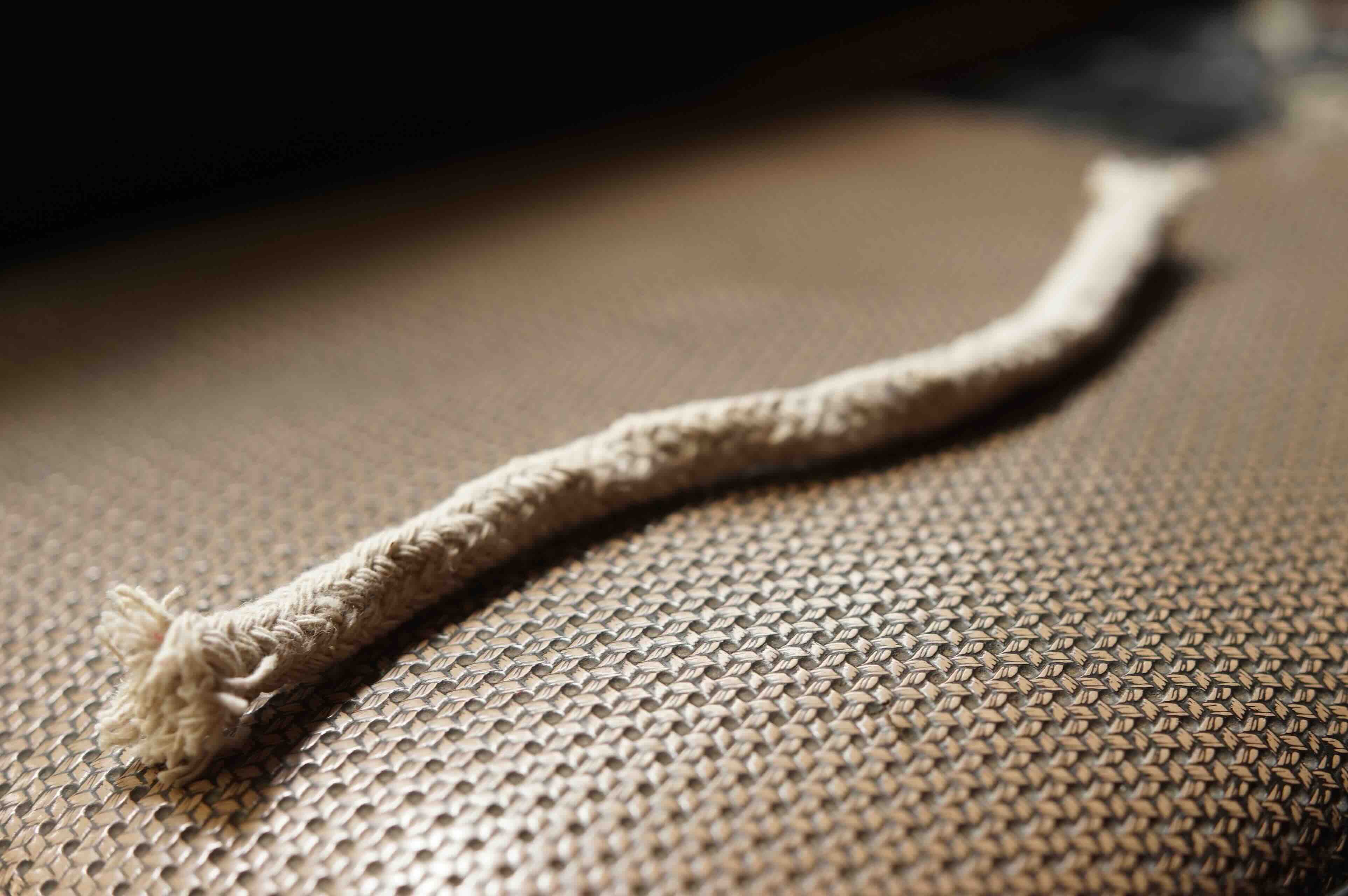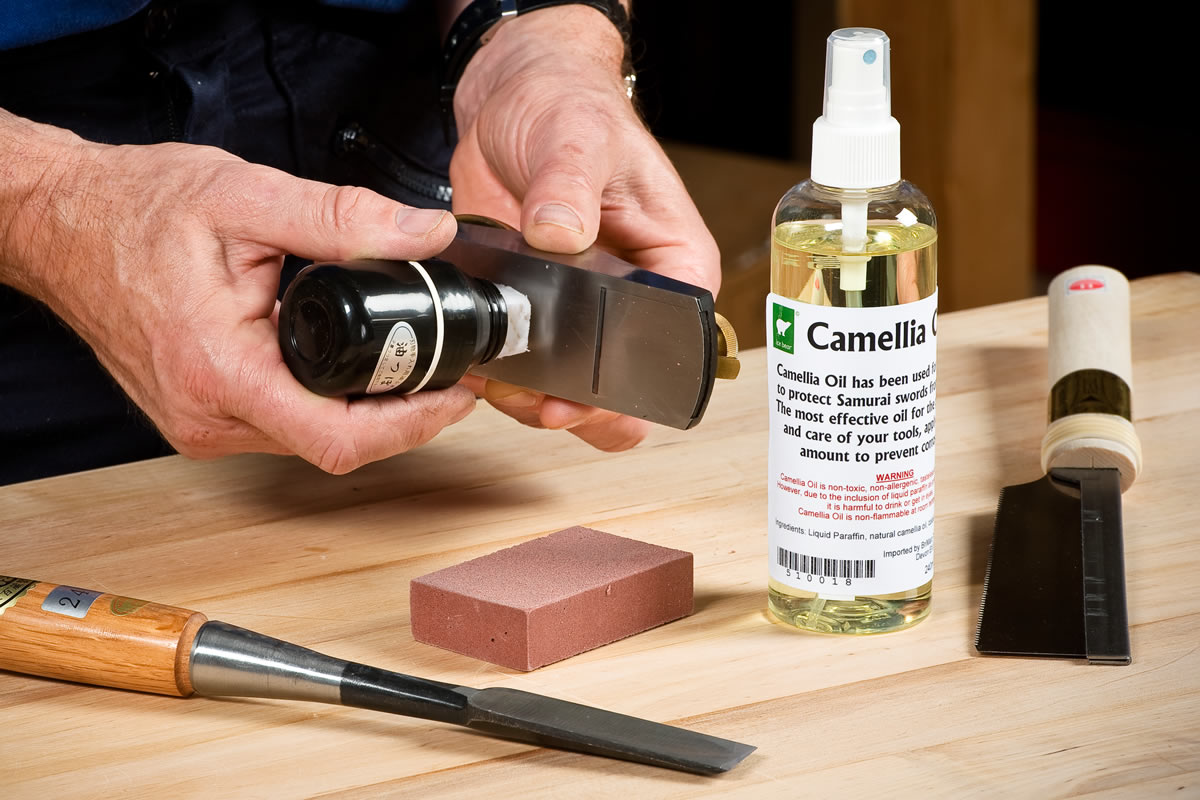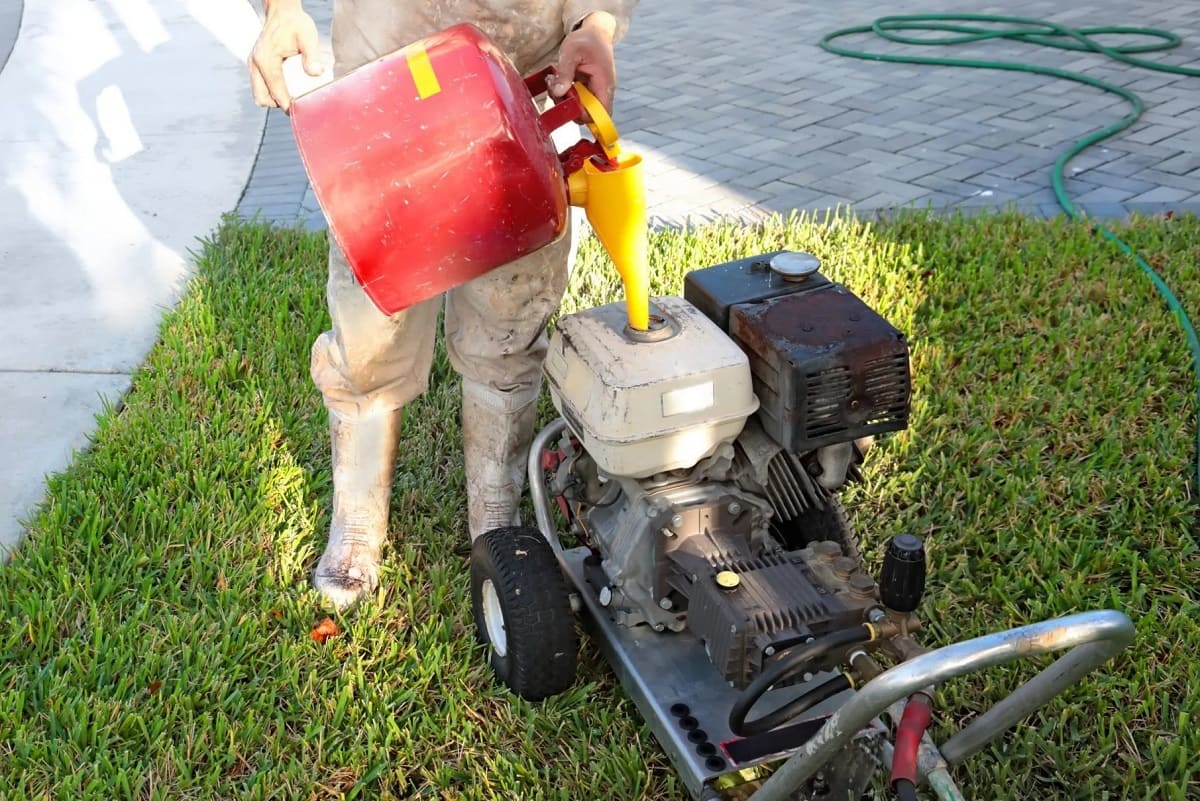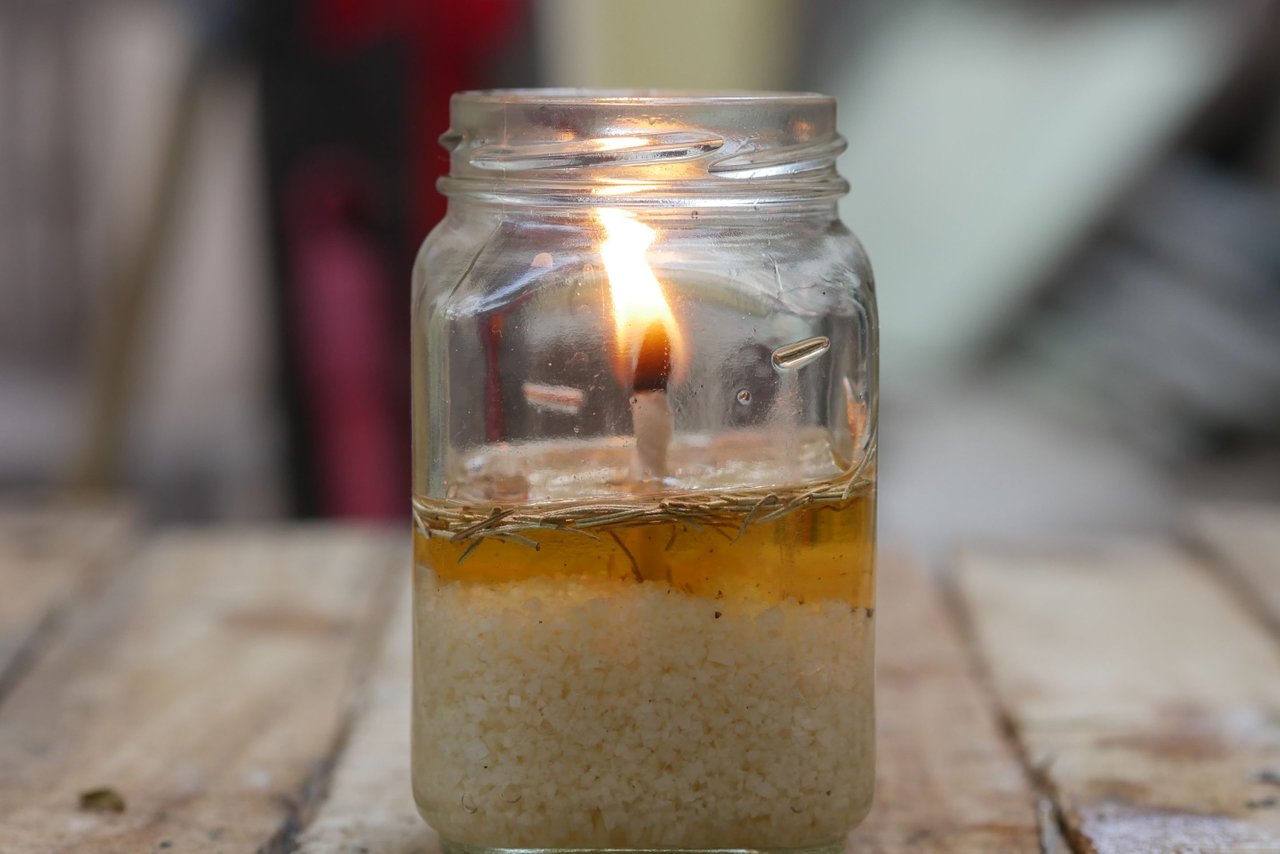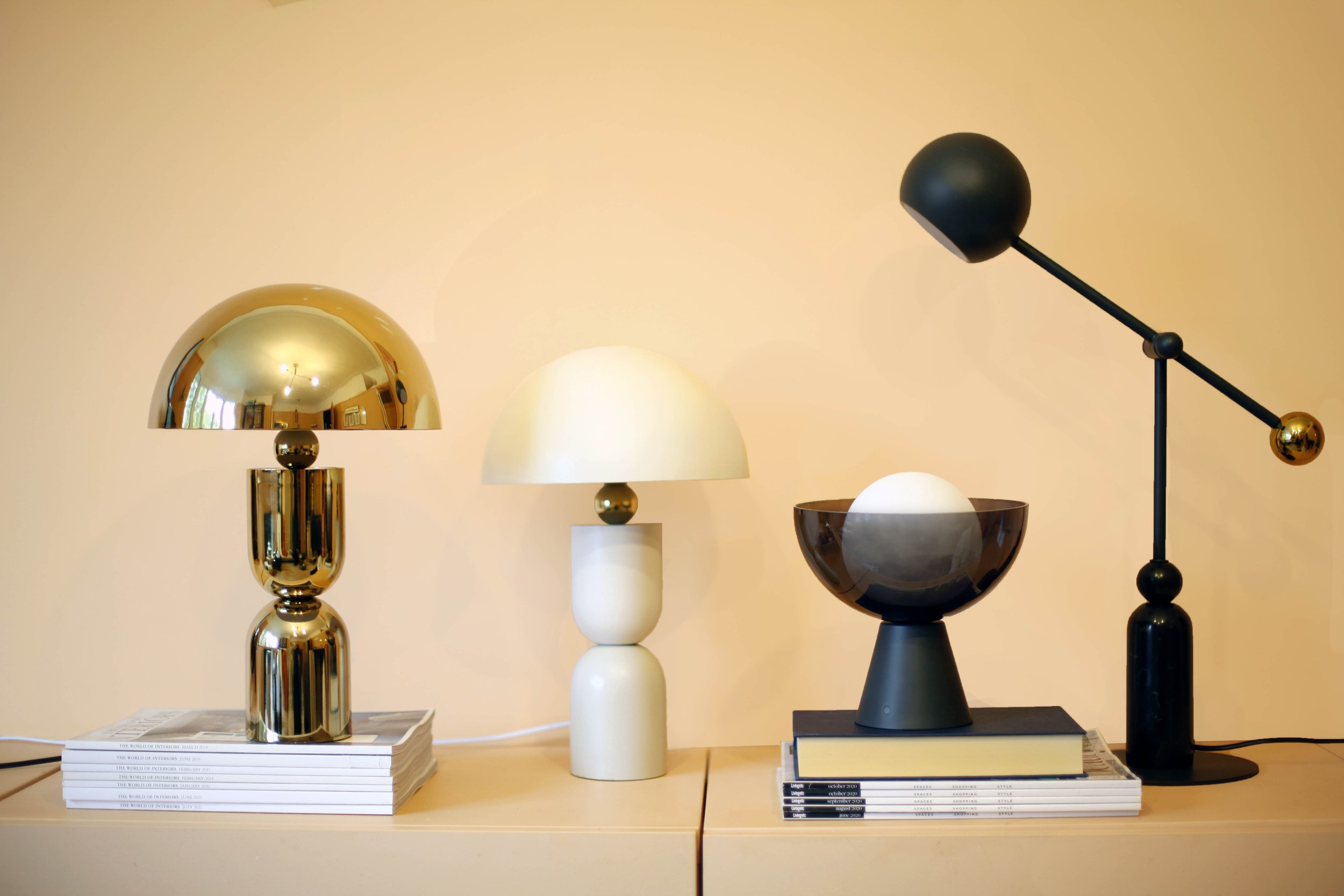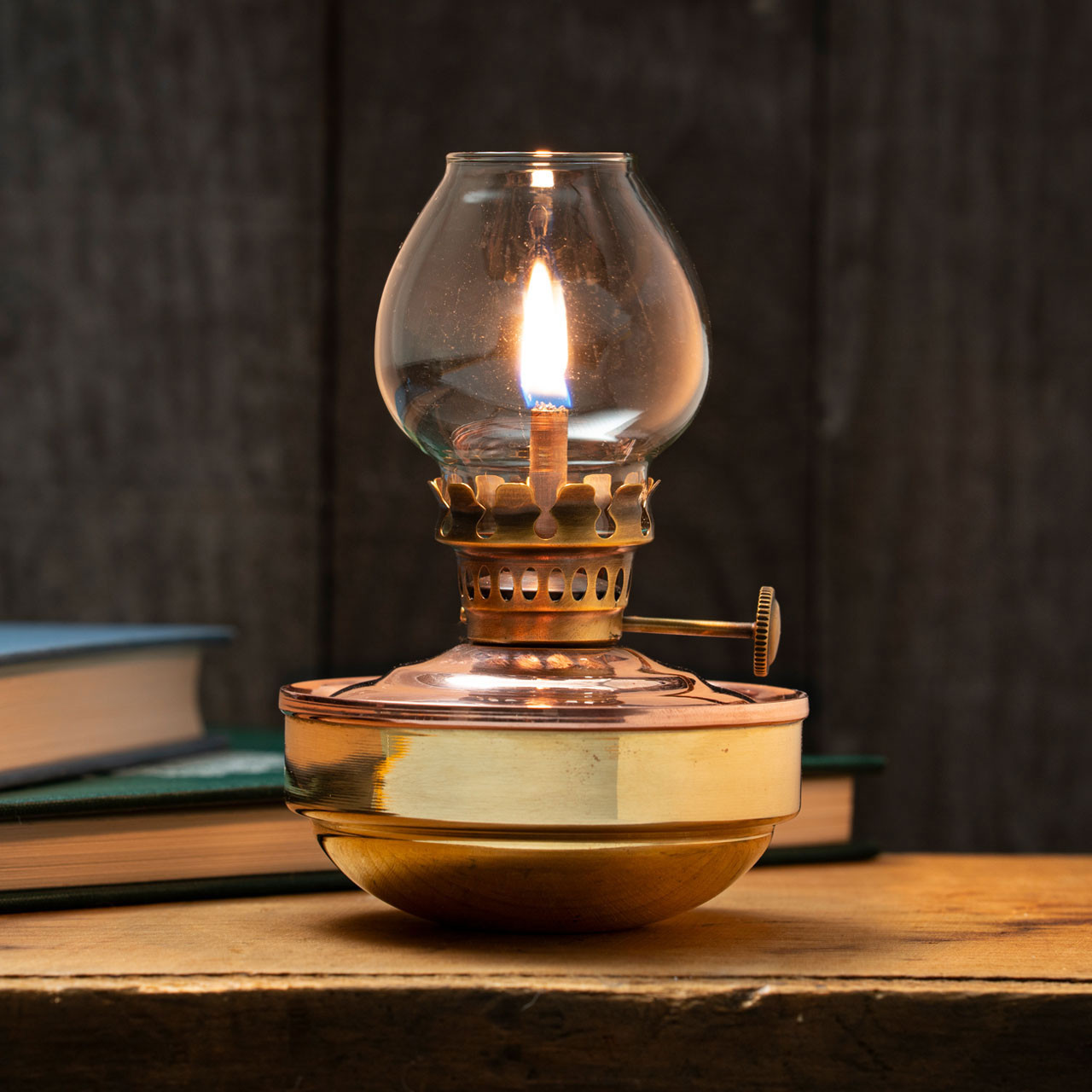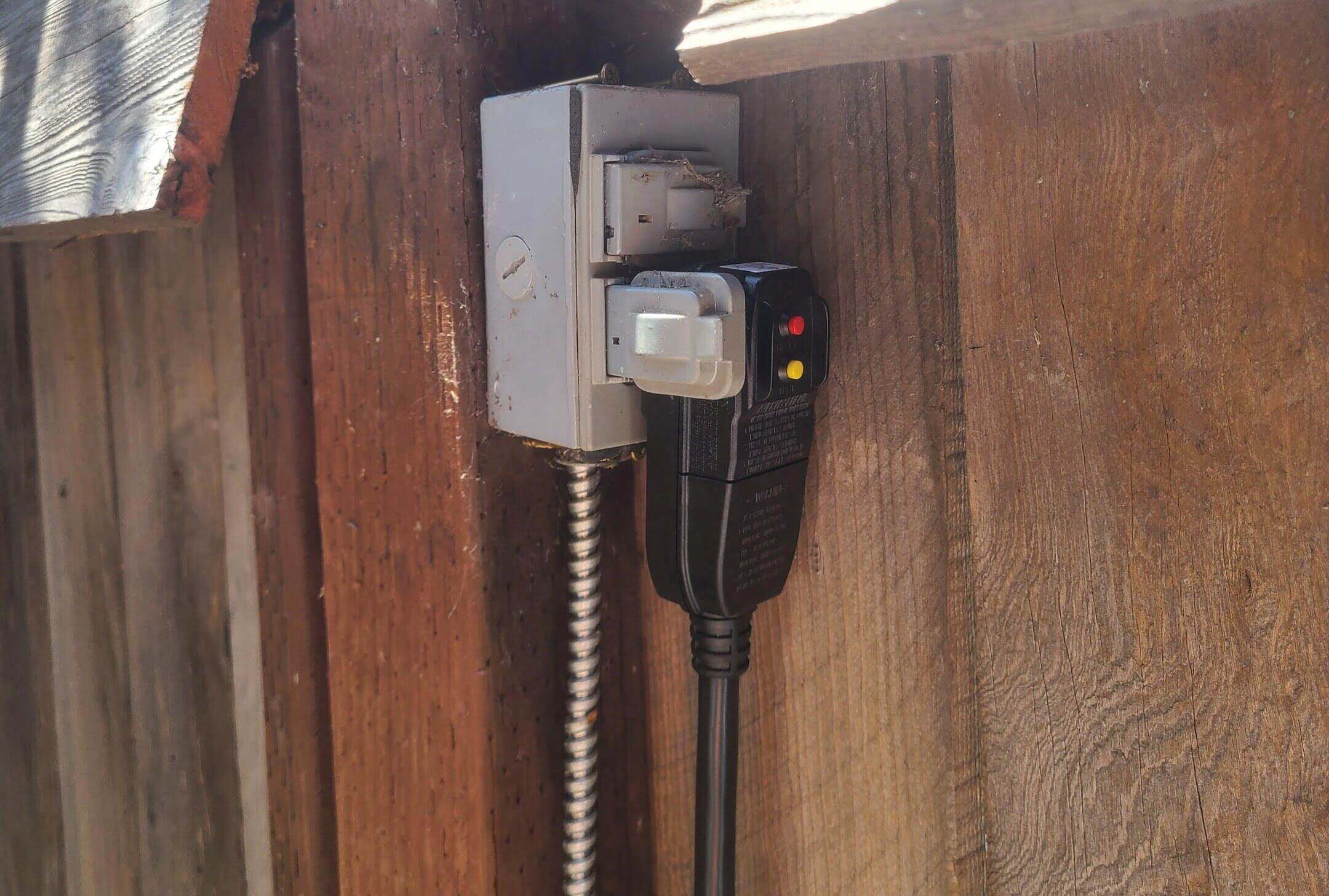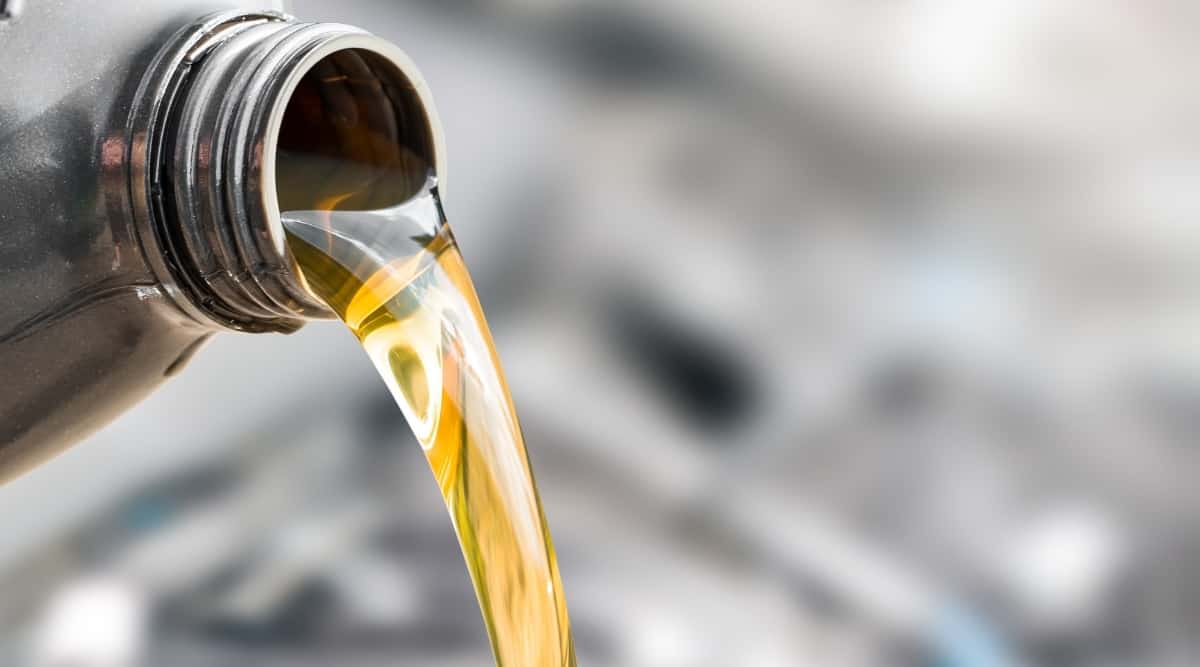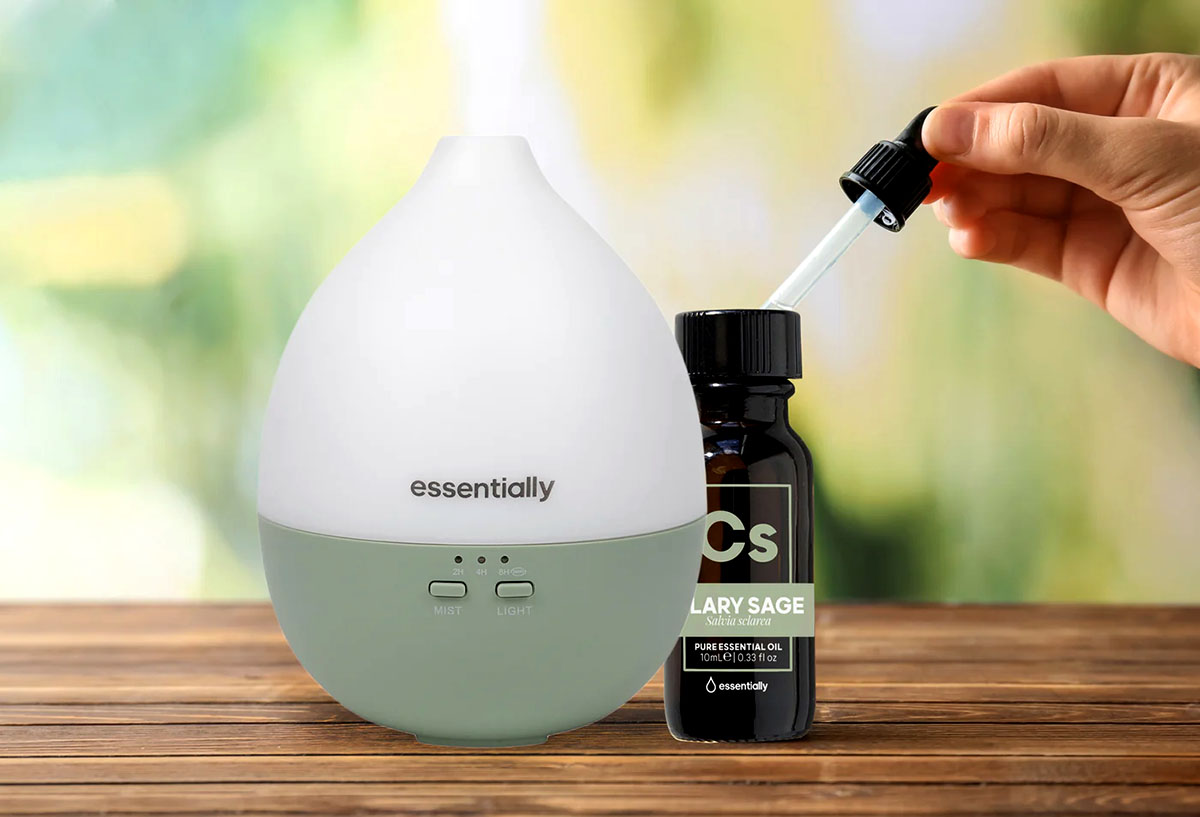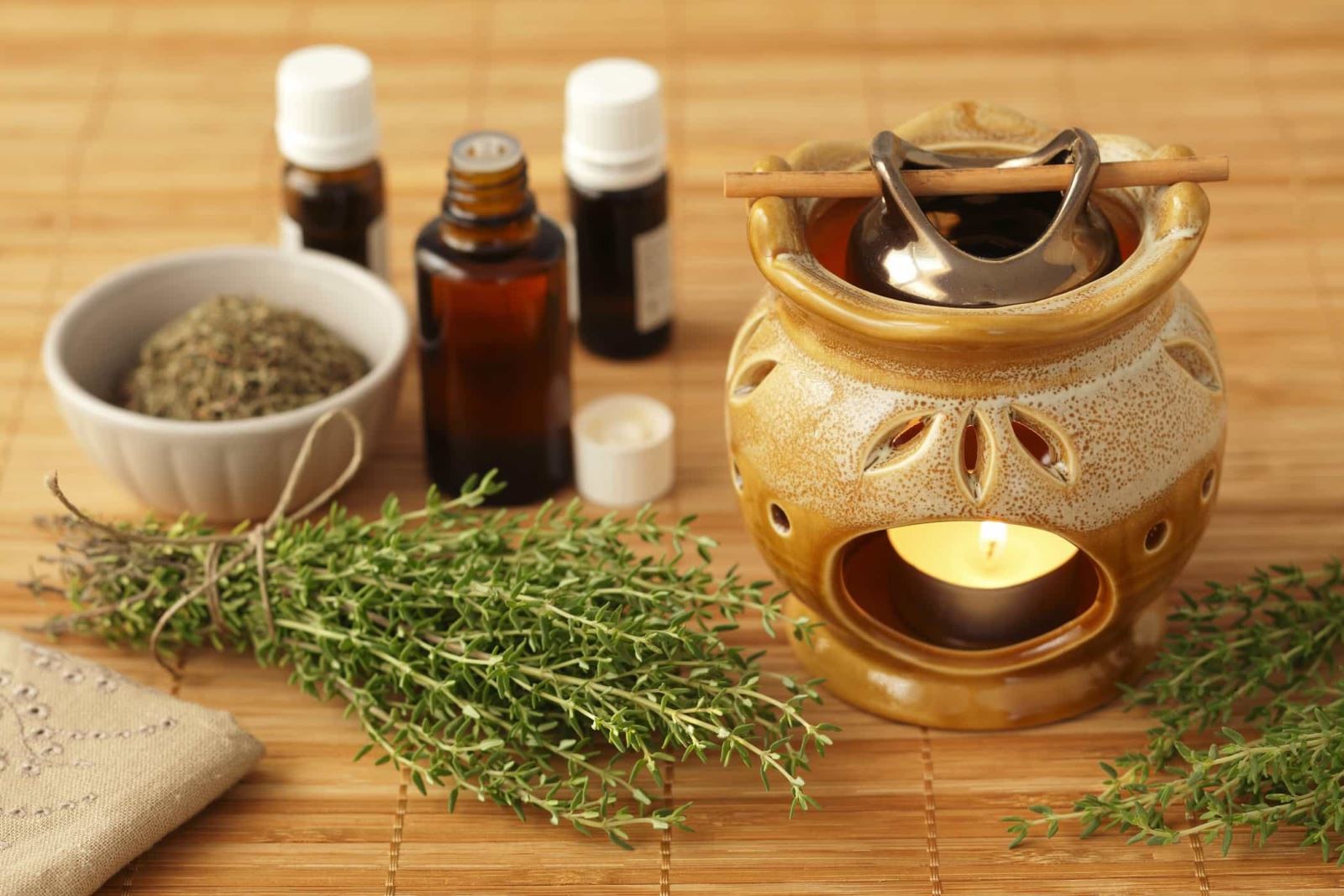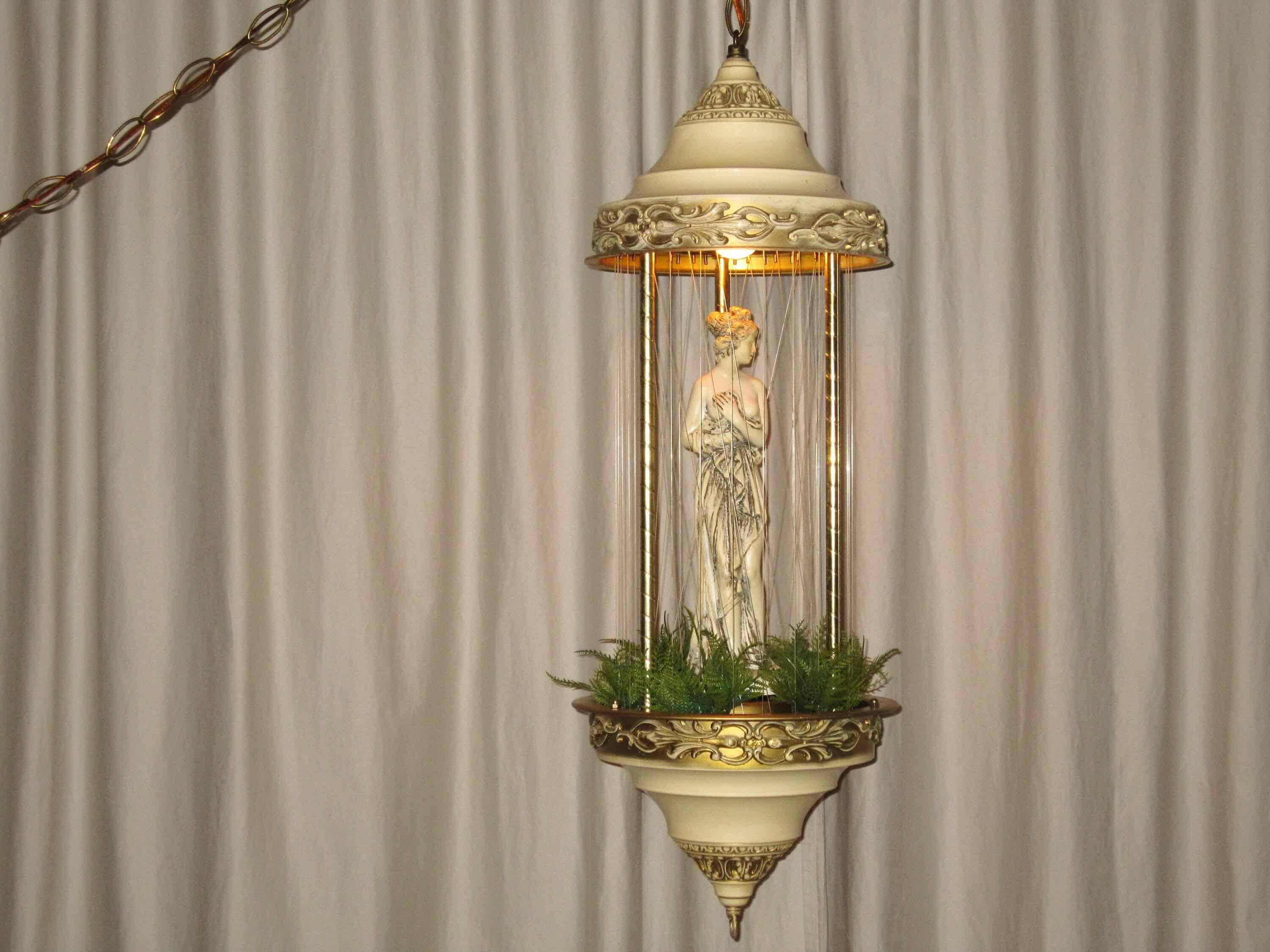

Furniture
What Kind Of Oil Does A Rain Lamp Use
Modified: November 1, 2024
Discover the perfect furniture oil for your rain lamp. Find out which type of oil works best to keep your rain lamp functioning smoothly and looking beautiful.
(Many of the links in this article redirect to a specific reviewed product. Your purchase of these products through affiliate links helps to generate commission for Storables.com, at no extra cost. Learn more)
Introduction
Welcome to the world of rain lamps! These unique and mesmerizing decorative pieces are not only visually appealing but also provide a soothing and tranquil ambiance to any space. If you’re new to rain lamps or have recently acquired one, you may be wondering what kind of oil is required to keep it running smoothly and effectively.
In this article, we will delve into the fascinating history of rain lamps, explore how they work, discuss the importance of using the right oil, explore the different types of oil used in rain lamps, provide tips on choosing the correct oil for your rain lamp, and even touch upon potential substitutes for rain lamp oil. So, let’s dive in and uncover the secrets behind the oil that makes rain lamps come to life!
Key Takeaways:
- Choose mineral oil for your rain lamp to create the perfect raindrop effect and protect its internal components. Follow the manufacturer’s recommendations for the best results.
- Avoid using vegetable or cooking oil in your rain lamp. Stick to mineral oil or baby oil for a soothing and long-lasting rain lamp experience.
Read more: How To Use An Oil Diffuser Lamp
History of Rain Lamps
The concept of rain lamps dates back to the mid-20th century when they gained immense popularity as unique home décor items. Developed in the 1960s by a California-based inventor named Edward Craven Walker, rain lamps quickly captivated the hearts of people around the world.
The inspiration behind rain lamps came from Walker’s love for nature and his desire to bring the soothing sound and sight of rainfall indoors. He combined his fascination for fluid motion with his innovative spirit to create a truly captivating and functional piece of art.
The early rain lamps were designed to mimic the natural cycle of rain. A pump system circulated a special oil, combined with water, up to the top of the lamp, where it would slowly trickle down the strands of fishing line or fine threads, creating the illusion of raindrops falling.
Originally, rain lamps were predominantly found in high-end hotels, restaurants, and luxurious homes. However, their popularity quickly spread, and they became sought-after items for many households across the globe.
Over the years, rain lamps have undergone various design improvements, incorporating intricate sculptural elements, different materials, and updated technology. Today, they continue to be cherished as unique and enchanting pieces that add a touch of tranquility and elegance to any environment.
Now that we understand the history of rain lamps, let’s explore the inner workings of these captivating creations in the next section.
How Rain Lamps Work
Rain lamps work on a simple yet fascinating principle. The key components of a rain lamp include a reservoir, a pump system, a heat source, and strands of fishing line or thin threads.
Inside the reservoir, a mixture of oil and water is stored. The oil used in rain lamps is typically mineral oil or a similar lightweight oil that is safe to use in this type of application. The oil and water combination forms a visually appealing liquid that creates the illusion of raindrops when it trickles down the strands.
The pump system is responsible for circulating the oil and water mixture. It pushes the liquid up through a tube to the top of the lamp, where it drips down over the strands. The pump is generally powered by an electric motor that ensures a continuous flow of oil to create the rain-like effect.
The heat source plays a crucial role in rain lamps. It warms the oil and water mixture, making it less viscous and easier to flow down the strands. In most rain lamps, a light bulb or a small heating element is strategically placed near the bottom of the reservoir to provide the necessary heat.
As the warm oil and water mixture reaches the top of the lamp, it starts to drip down the strands. The strands act as channels for the liquid, allowing it to flow gently and mimic the appearance of raindrops falling. The process continues as long as the pump is running and the heat source is providing the necessary warmth.
The combination of the cascading liquid, soothing sound, and gentle light creates a tranquil and relaxing atmosphere. Rain lamps are often used in spaces dedicated to relaxation, such as living rooms, bedrooms, or meditation areas, as they offer a unique sensory experience.
Now that we have a better understanding of how rain lamps work, let’s move on to the importance of using the right oil to keep your rain lamp running smoothly and effectively.
Importance of Using the Right Oil
Using the appropriate oil in your rain lamp is essential to ensure its proper functioning and longevity. The right oil not only enhances the visual effect of the rain-like droplets but also protects the internal components of the lamp.
One of the primary reasons for using the correct oil is to maintain the optimal viscosity. Viscosity refers to the thickness or consistency of the oil. If the oil is too thick, it may clog the pump or hinder the smooth flow of the liquid through the strands. On the other hand, if the oil is too thin, it may flow too quickly and not create the desired raindrop effect.
Mineral oil, which is commonly used in rain lamps, has a low viscosity, making it ideal for this application. It flows smoothly through the pump system and evenly drips down the strands, creating a gentle rain effect. Using alternative oils that are too thick or thin may disrupt the natural flow and compromise the performance of the lamp.
Furthermore, using the proper oil helps to protect the internal mechanisms of the rain lamp. The components of the pump, such as the motor and tubes, are designed to work optimally with specific types of oil. Using the wrong oil may cause excessive wear and tear on these components, leading to decreased performance or even the malfunction of the lamp.
When it comes to selecting the right oil for your rain lamp, it is crucial to follow the manufacturer’s recommendations. Some rain lamps may have specific oil requirements specified in their manuals, while others may allow for some flexibility. In any case, it is best to adhere to the guidelines provided to ensure the best results.
Now that we understand the importance of using the right oil, let’s explore the different types of oil commonly used in rain lamps.
Types of Oil Used in Rain Lamps
When it comes to choosing the oil for your rain lamp, it’s important to select a type that is safe to use and compatible with the lamp’s internal components. While mineral oil is the most commonly used oil in rain lamps, there are a few other alternatives that can be used as well.
1. Mineral Oil: Mineral oil is the go-to choice for most rain lamp owners. It is a lightweight, clear, and odorless oil that has excellent viscosity properties. Mineral oil is readily available and can be found in most hardware stores or online. It is compatible with the pump system and effectively creates the raindrop effect when combined with water.
2. Baby Oil: Baby oil is another option that can be used in rain lamps. It is essentially a scented version of mineral oil that is safe for use on the skin. While baby oil may add a pleasant fragrance to your rain lamp, it is important to ensure that it does not contain any additives that may potentially harm the lamp’s internal components. It’s always best to check the labels and choose a baby oil that is pure and free of any additional substances.
3. Lamp Oil: Lamp oil, also known as paraffin oil, is a petroleum-based oil commonly used in oil lamps and lanterns. While not specifically designed for rain lamps, lamp oil can be used as an alternative. However, it is important to note that lamp oil may have a slightly different viscosity compared to mineral oil, which can affect the flow and visual effect of the raindrops. It is recommended to test a small amount of lamp oil in your rain lamp before using it extensively.
Regardless of the type of oil you choose, it is crucial to avoid using vegetable oils, cooking oils, or any other type of oil that can turn rancid or produce smoke when heated. These oils are not suitable for rain lamps and may cause damage to the lamp’s components.
Before refilling your rain lamp with oil, always ensure that you drain and clean the reservoir thoroughly to remove any residue or buildup. This helps to maintain the integrity of the oil and ensures optimal performance.
Now that we have explored the different types of oil used in rain lamps, let’s move on to the process of choosing the correct oil for your specific rain lamp.
Rain lamps typically use mineral oil or baby oil as the oil base. These oils are lightweight and can easily flow through the lamp’s system to create the “rain” effect. Be sure to use the recommended oil to avoid damaging the lamp.
Read more: How Does An Oil Lamp Work
Choosing the Correct Oil for Your Rain Lamp
Choosing the correct oil for your rain lamp is crucial to ensure its proper functioning and longevity. Here are some steps to help you select the right oil for your specific rain lamp:
1. Refer to the Manufacturer’s Recommendations: The first step is to consult the manufacturer’s instructions or the user manual that came with your rain lamp. Some rain lamps may have specific oil requirements mentioned by the manufacturer. Following these guidelines will help you choose the most suitable oil for your lamp.
2. Check for Compatibility: It’s essential to choose an oil that is compatible with the internal components of your rain lamp. Mineral oil is generally a safe bet since it is widely used and compatible with most rain lamp pump systems. However, if you prefer using a different type of oil, ensure that it has a similar viscosity and won’t cause any damage to the pump or other parts of the lamp.
3. Consider the Viscosity: Viscosity plays a crucial role in the performance of your rain lamp. You want an oil that has the right consistency to flow smoothly through the pump system and create the desired raindrop effect. Mineral oil is known for its low viscosity, making it an ideal choice. If you decide to use an alternative oil, consider testing a small amount to ensure it flows properly before filling the entire reservoir.
4. Avoid Additives: It’s best to choose an oil that is pure and free from additives. Some oils, like scented options or those with additional ingredients, may contain substances that could clog the pump or negatively affect the performance of the rain lamp. Stick to oils that are specifically formulated for rain lamps or ones that are deemed safe for similar applications.
5. Purchase from Reputable Sources: When buying oil for your rain lamp, make sure to purchase it from reputable sources. This ensures that you are getting a quality product that meets the necessary standards for rain lamp use. Avoid using low-quality or uncertain oils, as they may not provide the desired results and could potentially damage your rain lamp.
By following these steps and considering the manufacturer’s recommendations, you can choose the correct oil for your rain lamp and enjoy its captivating raindrop effect for years to come.
Next, we’ll address common questions and alternatives to rain lamp oil.
Potential Substitutes for Rain Lamp Oil
If you’re unable to find the specific oil recommended for your rain lamp or simply want to explore alternative options, there are a few potential substitutes that you can consider. While it’s important to note that these substitutes may not provide the exact same performance or longevity as the recommended oil, they can still allow you to enjoy your rain lamp to some extent.
1. Baby Oil: Baby oil is a common substitute for rain lamp oil. It is a lightweight, mineral oil-based product that shares similarities with the recommended oil in terms of viscosity and compatibility. However, it’s crucial to ensure that the baby oil you choose is pure and does not contain any additives that could potentially harm the lamp’s components. Some scented baby oils may have additional ingredients that may not be suitable for rain lamps, so it’s best to opt for unscented options.
2. Lamp Oil: Lamp oil, often used in oil lamps and lanterns, can be another alternative for rain lamp oil. It is a petroleum-based product with a relatively low viscosity, similar to mineral oil. However, it’s important to keep in mind that lamp oil may have a slightly different composition and viscosity compared to the recommended oil for rain lamps. It’s advisable to test a small amount of lamp oil in your rain lamp to ensure it functions properly and creates the desired raindrop effect before using it extensively.
3. Synthetic or Silicone-based Oils: Synthetic or silicone-based oils can also be considered as substitutes for rain lamp oil. These types of oils are often used in machinery and have good stability and low viscosity. However, it’s crucial to ensure that the synthetic or silicone-based oil you choose is safe to use with the pump system and components of your rain lamp. It’s best to consult with the manufacturer or a knowledgeable expert to determine the suitability of these alternatives.
While these substitutes may offer temporary solutions, it’s important to note that using the recommended oil for your rain lamp will provide the best performance and ensure the longevity of its components. If possible, it’s always advisable to use the oil specified by the manufacturer or seek guidance from them for suitable alternatives.
Now that we’ve explored potential substitutes for rain lamp oil, let’s address some frequently asked questions regarding rain lamp oil.
FAQ about Rain Lamp Oil
1. Can I use vegetable oil or cooking oil as a substitute for rain lamp oil?
No, it is not recommended to use vegetable oil or cooking oil as a substitute for rain lamp oil. These types of oils are not designed for use in rain lamps and can become rancid or produce smoke when heated, which can damage the lamp’s components and affect its performance.
2. Why is mineral oil the most commonly recommended oil for rain lamps?
Mineral oil is the most commonly recommended oil for rain lamps because of its low viscosity, which allows it to flow smoothly through the pump system and create the desired raindrop effect. It is also readily available and compatible with most rain lamp mechanisms.
3. Can I add fragrance to the oil in my rain lamp?
While it may be tempting to add fragrance to the oil in your rain lamp, it is generally not recommended. Fragrances or additives in the oil can affect the viscosity and flow of the oil, potentially clogging the pump or compromising the performance of the lamp. If you wish to add a pleasant scent, it is best to opt for a scented oil that is specifically formulated for use in rain lamps.
4. Can I mix different types of oil in my rain lamp?
It is not advisable to mix different types of oil in your rain lamp. Different oils can have varying viscosities and compositions that may not work well together. Mixing oils can disrupt the flow of the liquid and potentially damage the pump system. Stick to using a single type of oil that is recommended for your rain lamp.
5. How often should I replace the oil in my rain lamp?
The frequency of oil replacement in a rain lamp can vary depending on factors such as usage and maintenance. However, as a general guideline, it is recommended to replace the oil every six to twelve months to ensure optimal performance and prevent any buildup or residue that may affect the lamp’s functionality.
6. Can I use water alone in my rain lamp without any oil?
No, water alone is not sufficient for a rain lamp to function properly. The oil and water combination provides the necessary viscosity and visual effect of raindrops. Using water alone may cause the pump system to clog and prevent the desired rainfall effect.
By keeping these frequently asked questions in mind, you can ensure that you have a better understanding of rain lamp oil and its role in the performance of your rain lamp.
Now, let’s conclude our exploration of rain lamp oil.
Conclusion
Rain lamps are not just decorative pieces, but rather captivating works of art that bring a soothing and tranquil ambiance to any space. To keep your rain lamp running smoothly and effectively, it is essential to use the correct oil. The appropriate oil enhances the visual effect of the rain-like droplets and protects the internal components of the lamp.
Mineral oil is the most commonly recommended oil for rain lamps due to its low viscosity and compatibility with pump systems. Baby oil and lamp oil can also be used as substitutes, with careful consideration of their additives and viscosity. However, it’s important to consult the manufacturer’s recommendations to ensure the best results.
Choosing the correct oil for your rain lamp is crucial to maintain optimal performance and prolong the lifespan of your lamp. Following the manufacturer’s instructions, checking for compatibility, considering viscosity, and avoiding additives are essential factors to keep in mind when selecting the oil for your specific rain lamp.
While there are potential substitutes for rain lamp oil, such as baby oil or lamp oil, it’s important to note that these alternatives may not provide the exact same performance as the recommended oil. Using the recommended oil ensures the best results and preserves the integrity of the lamp’s internal mechanisms.
By understanding the importance of using the right oil, exploring the various types of oil used in rain lamps, considering substitutes, and addressing frequently asked questions, you are now equipped with the knowledge to maintain and enjoy the captivating beauty of your rain lamp.
So, whether you’re relaxing in your living room, creating an ambiance in your bedroom, or setting a tranquil mood in your meditation area, let your rain lamp enchant you with its gentle rain-like droplets, creating a serene and peaceful atmosphere wherever it resides.
Excited to embrace your inner handyman? Our next feature walks you through various DIY home projects. Whether you're sprucing up the living room or adding a personal touch to the garden, these step-by-step guides promise to keep your hands busy and your mind engaged. Don't miss out on transforming everyday spaces into unique places with your own two hands!
Frequently Asked Questions about What Kind Of Oil Does A Rain Lamp Use
Was this page helpful?
At Storables.com, we guarantee accurate and reliable information. Our content, validated by Expert Board Contributors, is crafted following stringent Editorial Policies. We're committed to providing you with well-researched, expert-backed insights for all your informational needs.
